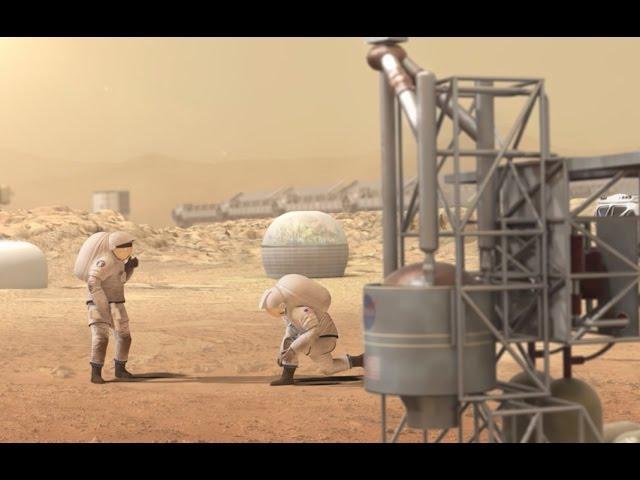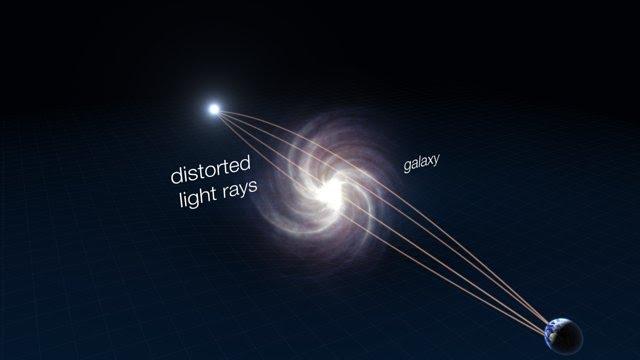Outer Space & Universe
Outer Space & Universe
Space, also known as outer space, is the near-vacuum between celestial bodies. It is where everything (all of the planets, stars, galaxies and other objects) is found.
On Earth, space begins at the Kármán line (100 km above sea level). This is where Earth's atmosphere is said to stop and outer space begins. This is not a firm boundary but is a convention used by scientists and diplomats.
Items in space are free to move back and forth; up and down; and left and right. These three dimensions are what make 3D space. Items also move forward through time, which is sometimes called the fourth dimension.
The majority of space contains very little matter and so most of it is a vacuum. Scientists do not know how big space is but we do know that space is extremely big, and is always expanding.
According to the big bang theory, all matter and energy in the Universe was compressed into a very small space. Then it exploded and started expanding. Space is still growing in size today; this means the distance from one galaxy to distant galaxies is getting longer.
Gravity is the force that keeps the Moon in orbit around the Earth and the planets in orbit around the Sun. Gravity can stretch and bend space similar to how a heavy ball placed on a stretched sheet of rubber will cause the rubber to stretch. The scientist who discovered that space can bend is named Albert Einstein. How gravity bends space is part of his theory of general relativity.
Astronauts, Cosmonauts, Taikonauts and Spationauts
An astronaut is any person who is trained by NASA to travel and perform tasks in space. Although the space traveler may not necessarily be a United States citizen, each astronaut does go through a rigorous training regiment by the National Aeronautics and Space Administration. Other space travelers go by other names then astronaut depending on their country of origin.
In the United States, astronaut is derived from the Greek words ástron (star) and nautis (sailor). While, in Russia, a space traveler goes by the name космонавт (English: cosmonaut), which is derived from the Greek words kosmos (universe) and nautis (sailor). Westerners call a space traveler from China a taikonaut, based on the 1998 writings of Chiew Lee Yik and Chen Lan where the term tàikōng (great emptiness), Chinese for “space”. In China, the term yuháng yuán (universe navigator) is used for space traveler.
Only the United States of America (United States), Russia (earlier, the Union of Soviet Socialist Republics), and the People’s Republic of China (China) have sent manned spacecraft into space. Other countries have assisted these countries by sending their own space travelers on space missions. For instance, a French space traveler is called a spationaut (from the French word spationaute), which is derived from the Latin spatium (space) and Greek nautis (sailor). (plural in Greek nautes = sailors)
-
06:57
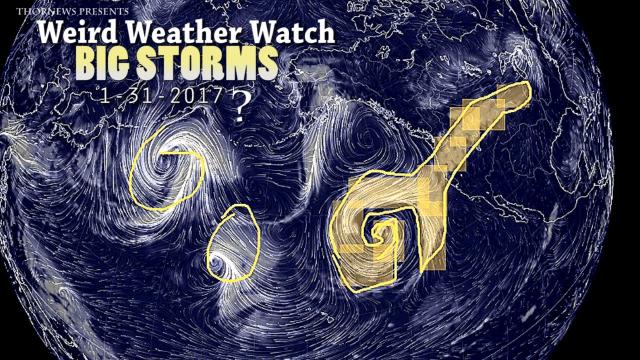
MAJOR Storm Headed to the West Coast USA Canada Mexico
Added 746 Views / 0 LikesMAJOR Storm Headed to the West Coast USA Canada Mexico
-
02:16
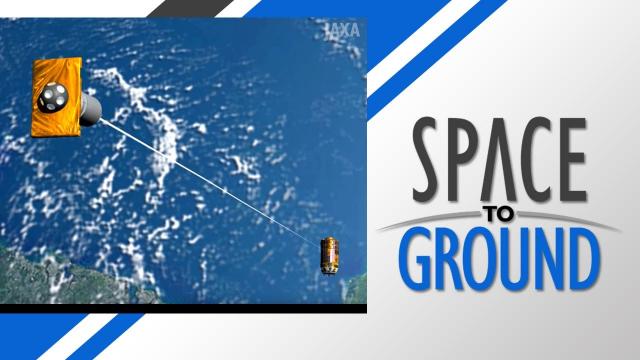
Space to Ground: Flying a Space KITE: 01/27/2017
Added 843 Views / 0 LikesSpace to Ground: Flying a Space KITE: 01/27/2017
-
05:56
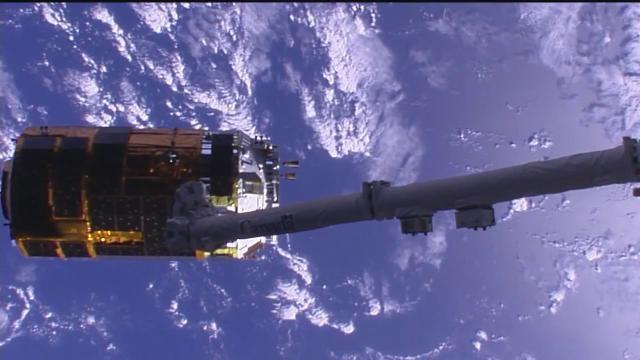
Japanese HTV-6 Cargo Ship Released From Space Station | Video
Added 712 Views / 0 LikesJapanese HTV-6 Cargo Ship Released From Space Station | Video
-
01:23
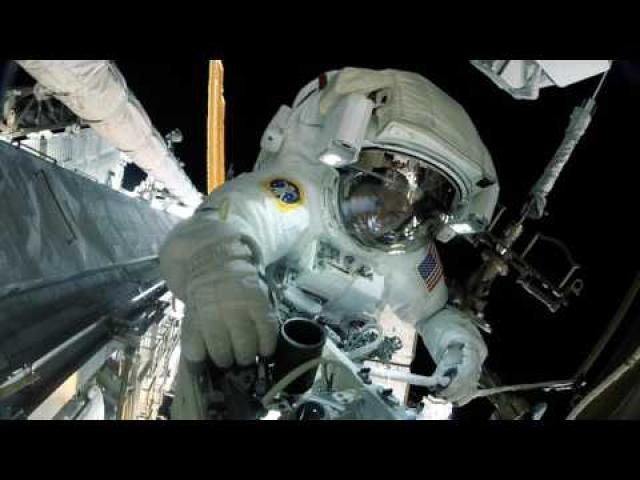
See What A Spacewalker Sees In New HD Video
Added 657 Views / 0 LikesSee What A Spacewalker Sees In New HD Video
-
05:05

Total SHOCK! I have been invited to the #NASAsocial superbowl media Event!
Added 807 Views / 0 LikesTotal SHOCK! I have been invited to the #NASAsocial superbowl media Event!
-
01:47

It's Faster! Flickering Quasars Used To Measure Universe Expansion
Added 707 Views / 0 LikesIt's Faster! Flickering Quasars Used To Measure Universe Expansion
-
00:37

Sleek New Boeing Starliner Spacesuits Unveiled | Video
Added 734 Views / 0 LikesSleek New Boeing Starliner Spacesuits Unveiled | Video
-
02:21

13 Years On Mars! NASA Opportunity Rover Still Rolling | Video
Added 770 Views / 0 Likes13 Years On Mars! NASA Opportunity Rover Still Rolling | Video
-
01:06
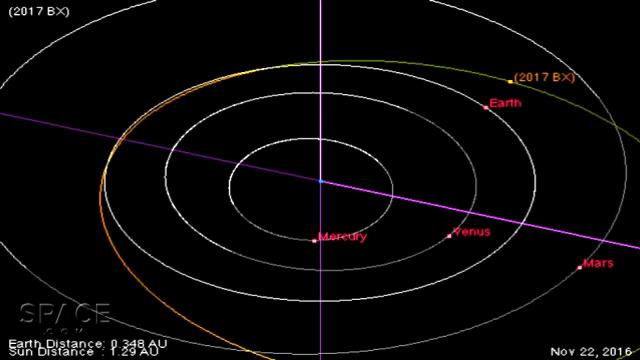
House-Sized Asteroid Nicknamed ‘Rerun’ To Buzz Earth | Orbit Animation
Added 688 Views / 0 LikesHouse-Sized Asteroid Nicknamed ‘Rerun’ To Buzz Earth | Orbit Animation
-
01:10
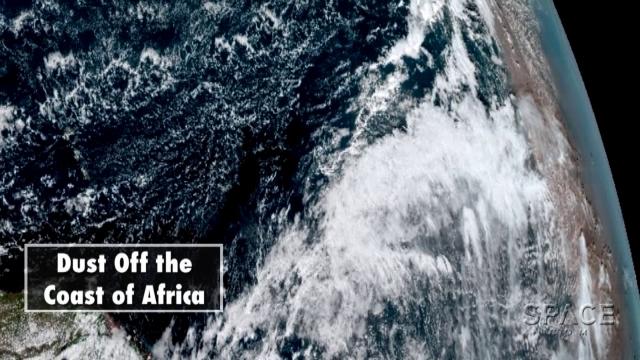
Breathtaking Earth Images Delivered By New NOAA Satellite | Video
Added 754 Views / 0 LikesBreathtaking Earth Images Delivered By New NOAA Satellite | Video
-
05:10

Blastoff! Missile-Detecting Satellite Launches Aboard Atlas V Rocket | Video
Added 808 Views / 0 LikesBlastoff! Missile-Detecting Satellite Launches Aboard Atlas V Rocket | Video
-
07:11

There is something I need you to know...
Added 415 Views / 0 LikesThere is something I need you to know...
-
05:57
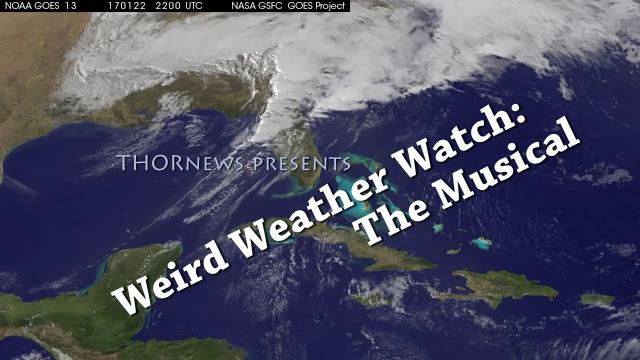
A Musical THORnews Weird Weather Watch! California & Florida Watch Out!
Added 815 Views / 0 LikesA Musical THORnews Weird Weather Watch! California & Florida Watch Out!
-
00:51
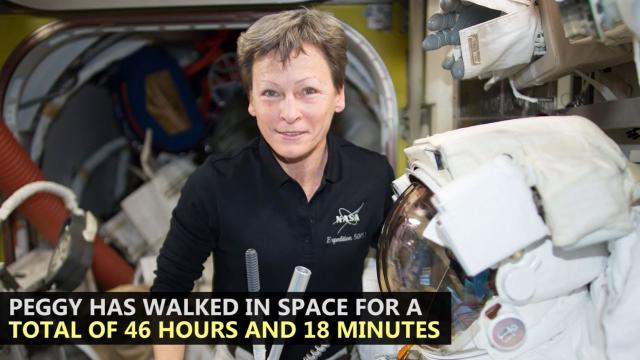
Seven Spacewalks for Peggy Whitson
Added 722 Views / 0 LikesSeven Spacewalks for Peggy Whitson
-
01:04
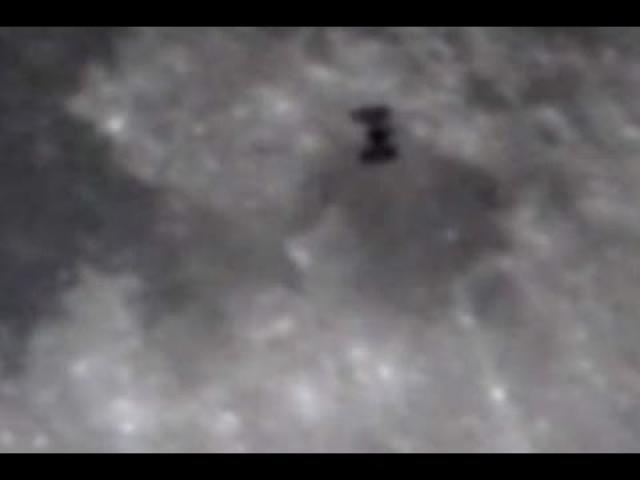
Space Station Flies In The Face Of The Moon - Skywatching Video
Added 749 Views / 0 LikesSpace Station Flies In The Face Of The Moon - Skywatching Video
-
02:57
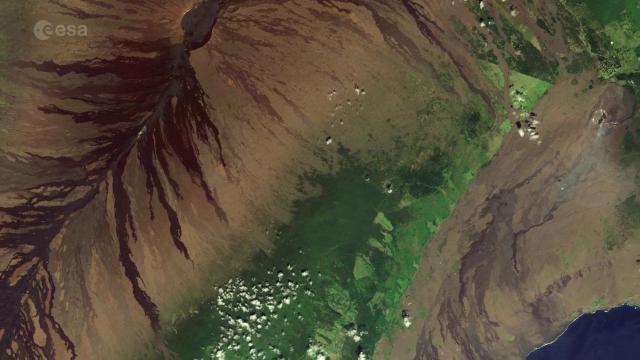
Hawaiian Road Cut Off By Lava Flow Seen From Space | Video
Added 487 Views / 0 LikesHawaiian Road Cut Off By Lava Flow Seen From Space | Video
-
02:06
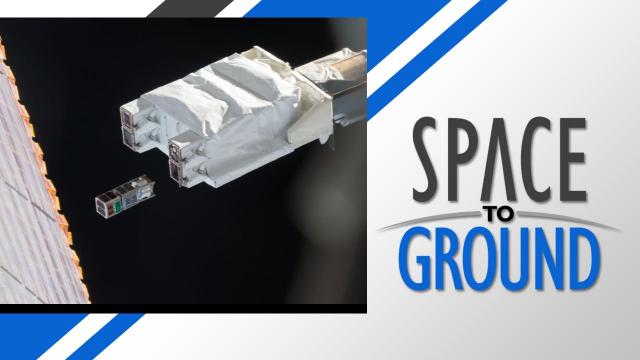
Space to Ground: Satellites Away!: 01/20/2017
Added 729 Views / 0 LikesSpace to Ground: Satellites Away!: 01/20/2017

